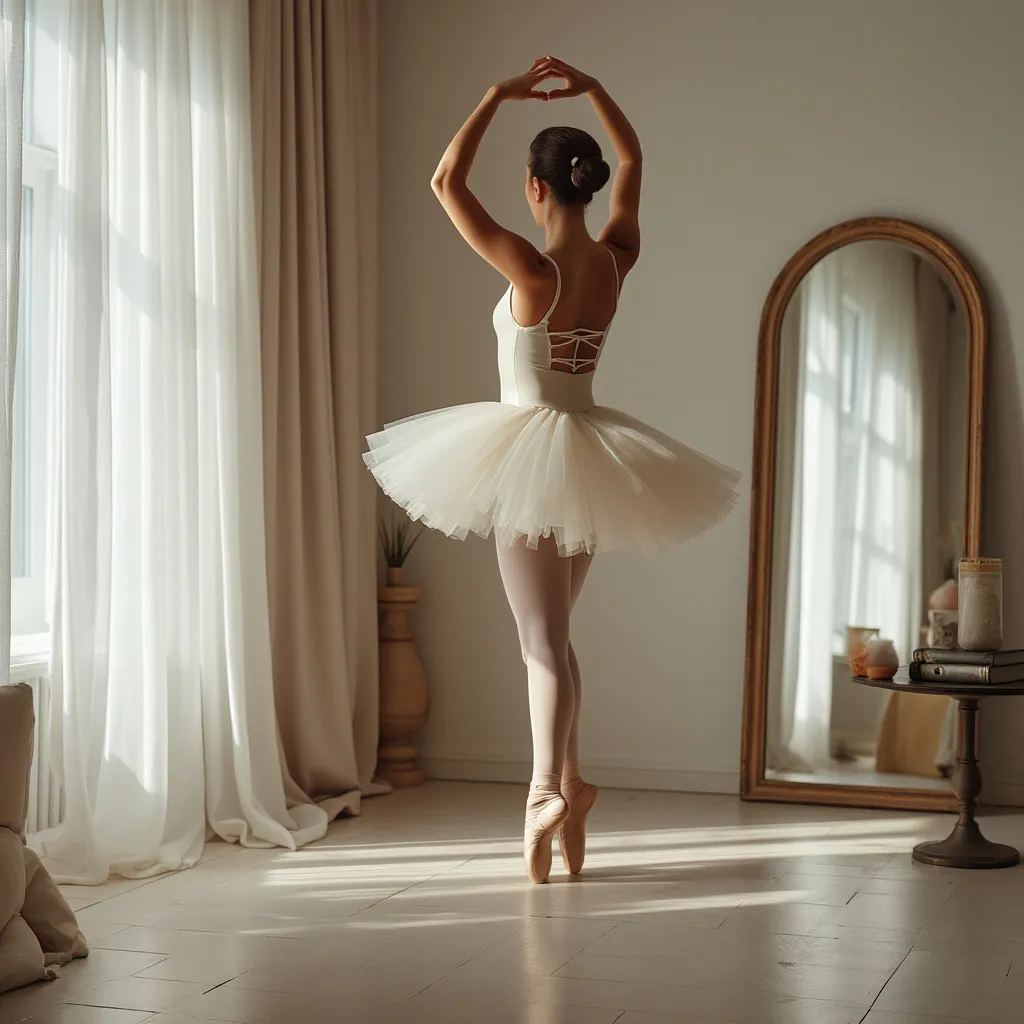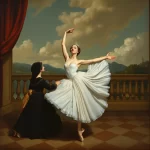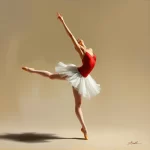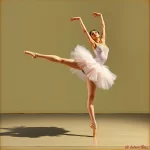The History of Pointe Shoes: Evolution and Significance
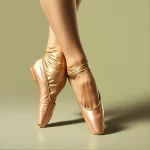
Introduction
The world of ballet is one of grace, precision, and beauty, and at the heart of this art form lies the pointe shoe. These seemingly delicate yet incredibly strong shoes enable dancers to perform breathtaking movements on the tips of their toes, creating an ethereal and weightless appearance. The history of pointe shoes is a fascinating journey that reflects the evolution of ballet itself. This article delves into the origins, development, and significance of pointe shoes, offering a comprehensive look at how these iconic shoes have shaped the world of ballet.
Origins of Ballet and Early Footwear
The Birth of Ballet
Ballet as an art form began in the Italian Renaissance courts of the 15th century and later flourished in France under the patronage of King Louis XIV. Early ballet was performed in heeled shoes, which were more akin to the fashionable footwear of the time than the specialized dance shoes we know today. These early performances were more about courtly display and less about the technical prowess that defines modern ballet.
Transition to Flat Shoes
In the 18th century, ballet began to evolve into a more technical and expressive art form. Dancers started to wear flat shoes, which allowed for greater freedom of movement and more intricate footwork. These shoes, known as “ballet slippers,” were made of soft leather or fabric and had a thin sole. They provided the flexibility needed for the increasingly complex choreography of the time.
The Invention of the Pointe Shoe
Marie Taglioni and the First Pointe Shoes
The true revolution in ballet footwear came in the early 19th century with the advent of the pointe shoe. Marie Taglioni, an Italian ballerina, is often credited with popularizing dancing en pointe. In 1832, she performed in the ballet “La Sylphide” wearing shoes that allowed her to rise onto the tips of her toes, creating an ethereal and otherworldly effect. These early pointe shoes were little more than modified satin slippers with darning at the toes for added support.
Evolution of Pointe Shoe Design
As ballet technique advanced, so did the design of pointe shoes. By the late 19th century, shoes began to incorporate a stiffened toe box and a stronger shank to provide the necessary support for extended periods of dancing en pointe. The introduction of these features allowed dancers to perform more demanding choreography and helped to prevent injuries.
Modern Pointe Shoes
Materials and Construction
Today’s pointe shoes are highly specialized pieces of equipment, crafted from layers of fabric, paper, and glue. The toe box is made from layers of fabric and paper hardened with glue, while the shank, which provides support to the arch of the foot, is typically made from leather, plastic, or a combination of materials. The outer layer of the shoe is usually satin, giving it a sleek and elegant appearance.
Customization and Fit
One of the most critical aspects of modern pointe shoes is the fit. Each dancer’s feet are unique, and pointe shoes must be carefully fitted to provide the necessary support and comfort. Many dancers have their shoes custom-made to their exact specifications, and some even modify their shoes by hand to achieve the perfect fit. This customization can include adjusting the length and strength of the shank, altering the shape of the toe box, and adding padding for comfort.
The Significance of Pointe Shoes in Ballet
Symbol of Ballet
Pointe shoes have become an iconic symbol of ballet, representing the dedication, discipline, and artistry required to master this demanding art form. The image of a ballerina en pointe is instantly recognizable and evokes a sense of grace and beauty that is synonymous with ballet.
Technical and Artistic Impact
The development of pointe shoes has had a profound impact on both the technical and artistic aspects of ballet. Technically, pointe shoes have enabled dancers to perform more complex and demanding choreography, pushing the boundaries of what is possible in ballet. Artistically, the ability to dance en pointe has allowed choreographers to create works that convey a sense of lightness and ethereality, enhancing the storytelling and emotional impact of their ballets.
Challenges and Controversies
Physical Demands and Injuries
Dancing en pointe is incredibly demanding on the body, particularly the feet and ankles. The pressure and strain placed on these areas can lead to a range of injuries, from blisters and bruised toenails to more severe issues like stress fractures and tendonitis. Dancers must undergo rigorous training to build the strength and technique required to dance en pointe safely.
Debate Over Aesthetics and Tradition
There is ongoing debate within the ballet community about the aesthetics and traditions associated with pointe shoes. Some argue that the emphasis on dancing en pointe can perpetuate unrealistic and potentially harmful standards of beauty and physicality. Others believe that pointe work is an essential aspect of ballet that should be preserved and celebrated. This debate reflects broader discussions about the balance between tradition and innovation in the arts.
FAQ
What are pointe shoes made of?
Pointe shoes are typically made from layers of fabric, paper, and glue, with a satin outer layer. The toe box is hardened with glue to provide support, and the shank, which supports the arch, can be made from materials like leather or plastic.
How are pointe shoes fitted?
Pointe shoes must be carefully fitted to each dancer’s feet to provide the necessary support and comfort. This process often involves trying on multiple pairs and making adjustments to the length and strength of the shank, the shape of the toe box, and adding padding as needed.
Why do dancers wear pointe shoes?
Dancers wear pointe shoes to perform en pointe, which involves dancing on the tips of their toes. This technique allows for a greater range of movement and creates an ethereal, weightless appearance that is central to the aesthetic of ballet.
What are the risks of dancing en pointe?
Dancing en pointe places significant strain on the feet and ankles, which can lead to injuries such as blisters, bruised toenails, stress fractures, and tendonitis. Proper training and technique are essential to minimize these risks.
How have pointe shoes evolved over time?
Pointe shoes have evolved from simple satin slippers with darning at the toes to highly specialized pieces of equipment with hardened toe boxes and supportive shanks. These advancements have allowed dancers to perform more complex choreography and have helped to prevent injuries.
Conclusion
The history of pointe shoes is a testament to the evolution of ballet as an art form. From their humble beginnings as modified slippers to the highly specialized shoes used by dancers today, pointe shoes have played a crucial role in shaping the technical and artistic possibilities of ballet. They symbolize the dedication, discipline, and artistry required to master this demanding art form and continue to inspire dancers and audiences alike. As ballet continues to evolve, so too will the design and significance of pointe shoes, ensuring their place at the heart of this timeless art form.

